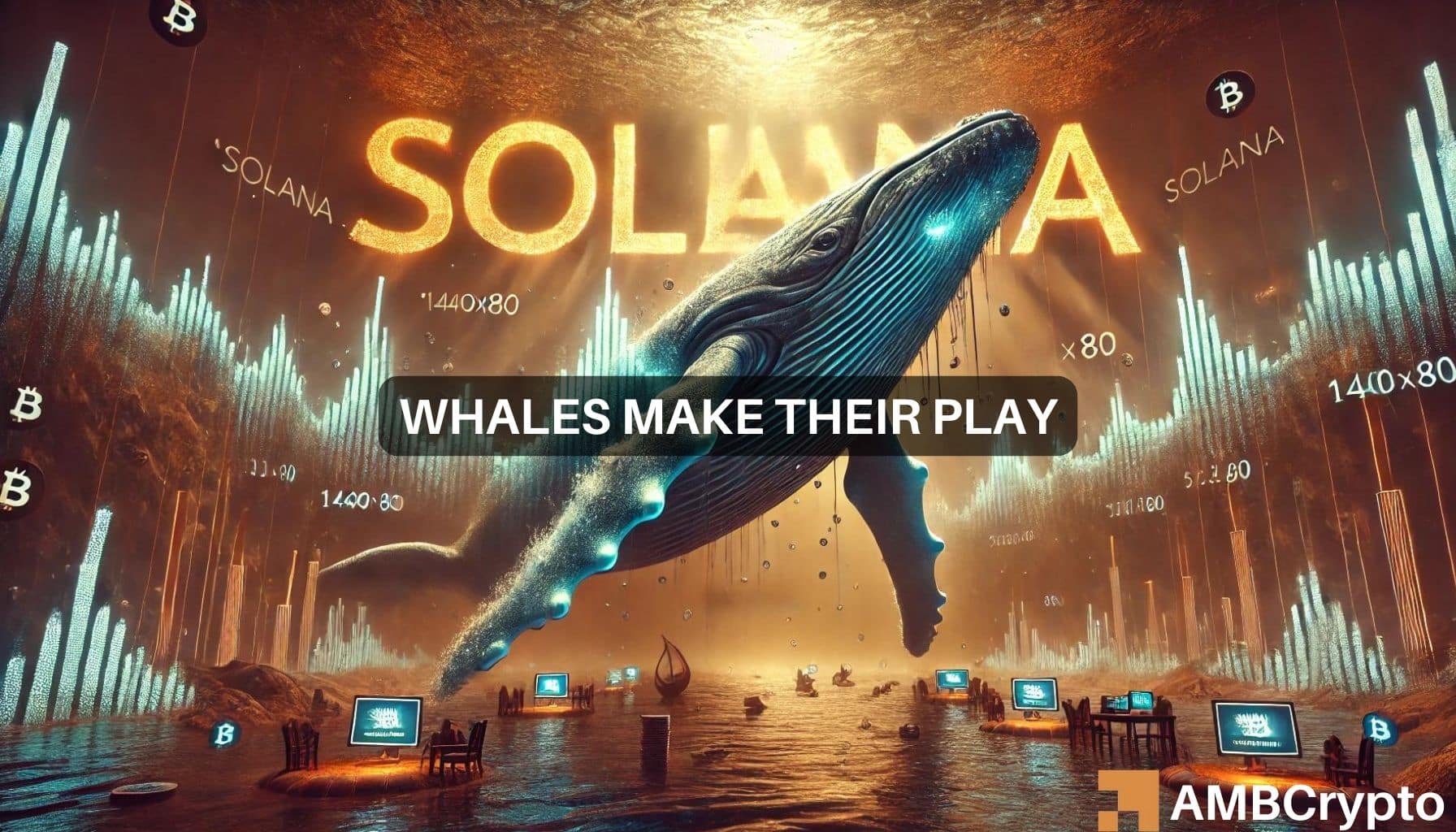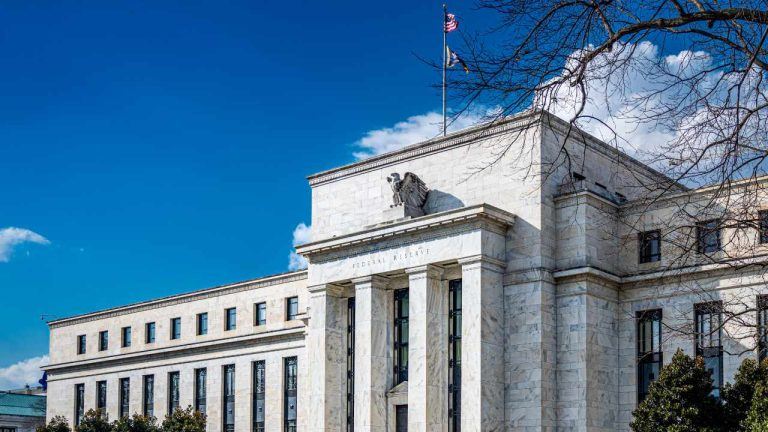NASA develops AI to accelerate Mars sample analysis for upcoming missions
Goddard Space Flight Center, a NASA facility in Maryland’s Greenbelt, has come up with an artificial intelligence (AI) algorithm that will hasten the process of analyzing Mars samples and optimize the time that robotic rovers spend on Mars.
The new algorithm will first be tested using data from the MOMA (Mars Organic Molecule Analyzer) instrument aboard ExoMars mission Rosalind Franklin Rover, which is planned to launch no earlier than 2028. The robot intends to find out if there has ever been life on Mars and this algorithm will facilitate identifying what data to focus on during this investigation.
NASA uses machine learning to smoothen Mars sample analysis
A mass spectrometry scientist at NASA Goddard, Xiang “Shawn” Li, explained that the design of the new algorithm makes it capable of quickly going through all the information gathered by a rover and picking out whatever findings are striking or important for scientists’ study. In this way, researchers will be able to do more within a shorter period with regards to using Mars Rover efficiently in terms of time.
The system works by analyzing information collected by MOMA that will then be returned to Earth for further studies. Based on these results, scientists may decide what further steps they should take like more advanced examination of one particular sample or collection of others. For instance, if a sample contains large complex organic compounds mixed with specific minerals, additional analyses might be necessary.
One feature that distinguishes Rosalind Franklin is its ability to drill down as deep as 6.6 ft (2 m) below the Martian surface, which is significantly deeper than former devices reaching only about 2.8 inches (7 cm). This increased drilling capacity would reveal better preserved organic materials protected from cosmic rays and radiation at the surface level thereby giving higher chances for detecting ancient organics as well as signs of past life.
Victoria Da Poian, a data scientist at NASA Goddard who co-developed the algorithm, stressed the importance of making data analysis more efficient. In teaching the machine with examples of what substances could be present on Mars, the software can now anticipate the composition of tested samples thus enabling scientists to respond quickly and better plan ahead.






